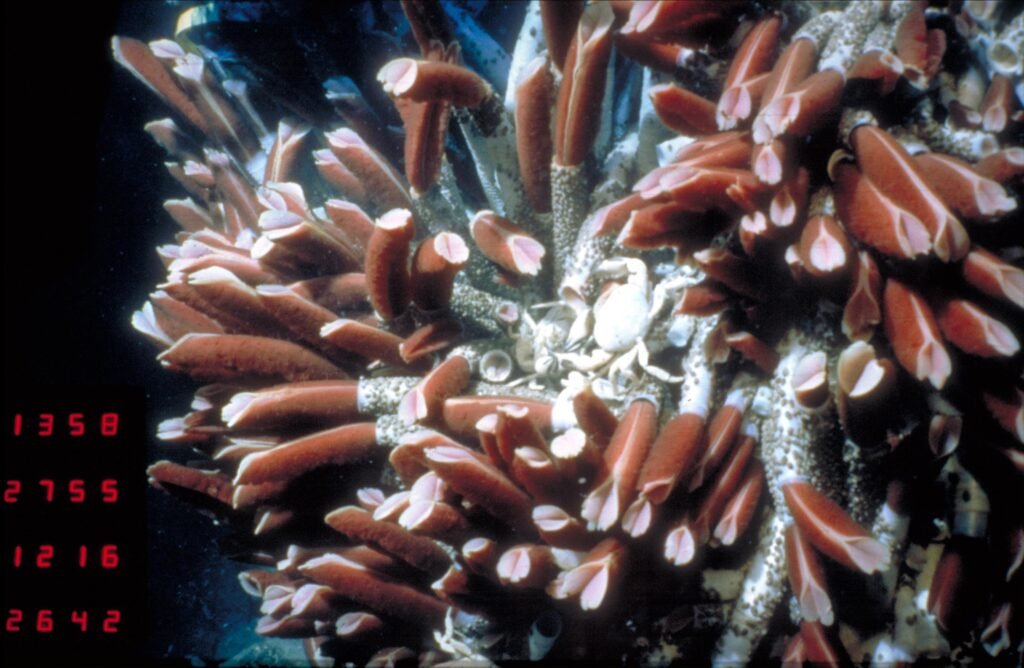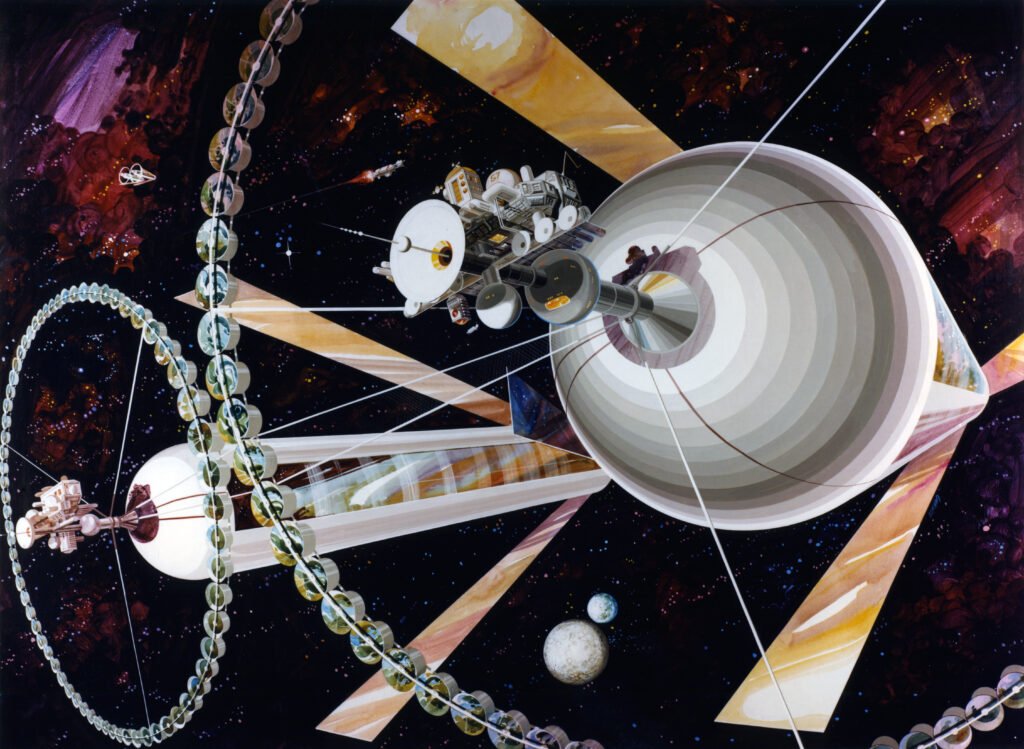Imagine standing on a world far, far away—not with lightsabers or droids, but as explorers peering into the shadows of alien life. On Star Wars Day, while we celebrate galaxies filled with Wookiees, Twi’leks, and mysterious creatures, a more mind-bending truth emerges: there are beings on our own planet so bizarre, so outrageously alien, that they challenge everything we think we know about life in the universe. Deep beneath the waves, in boiling acid springs, and inside the frozen crust of Antarctica, Earth’s weirdest creatures offer us tantalizing clues about what might be crawling, swimming, or soaring across distant worlds. Today, let’s journey through the wildest corners of Earth’s biology—and discover how our planet’s strangest inhabitants are rewriting the rules for the search for extraterrestrial life.
The Tardigrade: Tiny Survivor of the Universe

The tardigrade, often called the “water bear,” is one of Earth’s most extreme survivors. These microscopic animals have withstood the vacuum of space, lethal radiation, boiling water, and even freezing temperatures close to absolute zero. Tardigrades survive by curling into a dormant state called a “tun,” where their metabolism nearly halts. This resilience has astonished scientists and made tardigrades a model for what life might look like on harsh alien planets. If such an indestructible creature can exist here, it’s possible that similar life forms could be thriving in the icy moons of Jupiter or Saturn, where radiation and cold would destroy most known organisms. The story of the tardigrade suggests that life may not only endure, but flourish in the most unthinkable places.
Deep Sea Vents: Earth’s Alien Landscapes
Miles below the ocean’s surface, sunlight never reaches the hydrothermal vents where life thrives in complete darkness. Here, bizarre tube worms, ghostly fish, and sulfur-eating bacteria build entire ecosystems around scalding, toxic plumes. These environments are so extreme—pressures are crushing, temperatures swing wildly, and chemicals would be deadly to most life forms—that scientists once thought nothing could survive there. Yet, these creatures have adapted to eat chemicals instead of sunlight, demonstrating that life doesn’t need a gentle Earth-like setting to take hold. The existence of these deep-sea communities has fueled speculation about similar life under the ice crust of Europa or in the methane seas of Titan, where sunlight is scarce but chemical energy abounds.
Acid-Loving Microbes: Masters of the Impossible
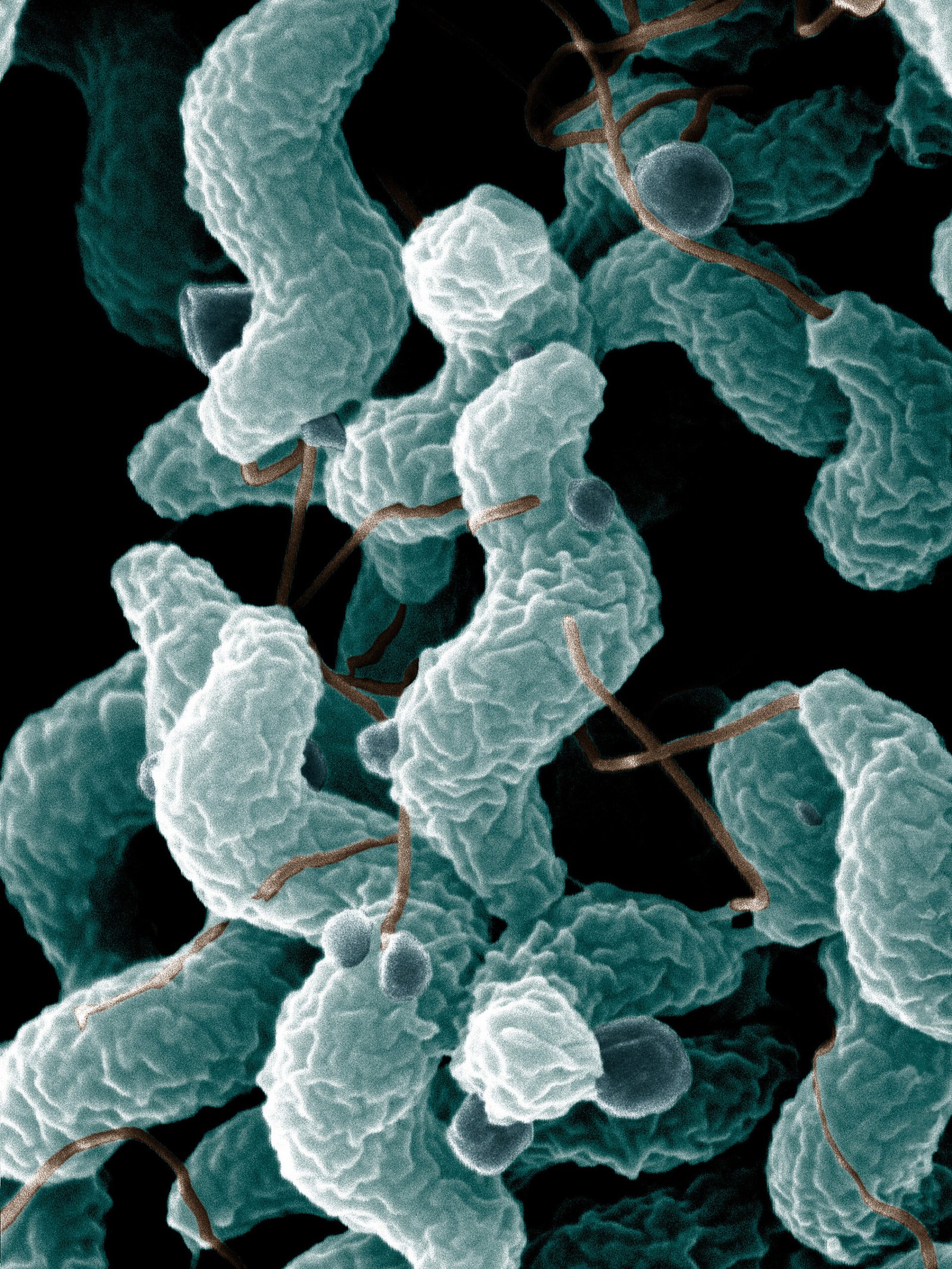
Some of the most shocking inhabitants of Earth are acidophiles—microbes that thrive in environments as acidic as battery acid. Found in volcanic springs, acidic mines, and even the human stomach, these organisms have evolved proteins and membranes that withstand conditions lethal to almost all other life. Their existence pushes our understanding of life’s boundaries, hinting that planets with corrosive atmospheres, like Venus, might not be as barren as once thought. The ability of acidophiles to not just survive but thrive under such extreme stress suggests that alien life could be hiding in places we once dismissed as hopelessly hostile.
Antarctica’s Hidden Ecosystems: Life in the Deep Freeze
Beneath Antarctica’s miles-thick ice, in lakes that haven’t seen sunlight for millions of years, researchers have discovered thriving microbial communities. These organisms live without sunlight, in complete isolation, using chemical reactions to extract energy from rocks and water. The discovery was astonishing, as it proved life can persist in total darkness and subzero temperatures. The existence of these hidden Antarctic ecosystems has profound implications for the search for life on frozen worlds like Mars or Enceladus, where similar conditions might exist. It also raises thrilling questions about the adaptability and tenacity of life.
Salt-Loving Halophiles: Thriving Where Few Dare
Halophiles are microorganisms that flourish in environments salty enough to kill almost everything else. From the pink waters of the Great Salt Lake to ancient, salty underground pools, these microbes use unique proteins to maintain their internal balance in hyper-saline conditions. Their bright colors often turn entire lakes pink or red, a visual reminder of their resilience. The survival strategies of halophiles suggest that life could exist in the briny subsurface oceans of moons like Europa, or even in the salt flats of Mars, where water is scarce but salt is abundant. Their presence challenges our assumptions about where life can thrive.
Radiation-Resistant Bacteria: Living Amidst Cosmic Fury
Deinococcus radiodurans, sometimes nicknamed “Conan the Bacterium,” is famously tough, shrugging off doses of radiation that would obliterate most organisms. This bacterium can repair its shattered DNA within hours, allowing it to survive nuclear disasters and even the harsh radiation of outer space. The existence of such hardy microbes tells us that life could survive on planets with thin atmospheres and high radiation, such as Mars or exoplanets orbiting volatile stars. Their resilience opens new possibilities for where to look for alien life—and how to recognize it when we find it.
Symbiotic Relationships: Unexpected Collaboration
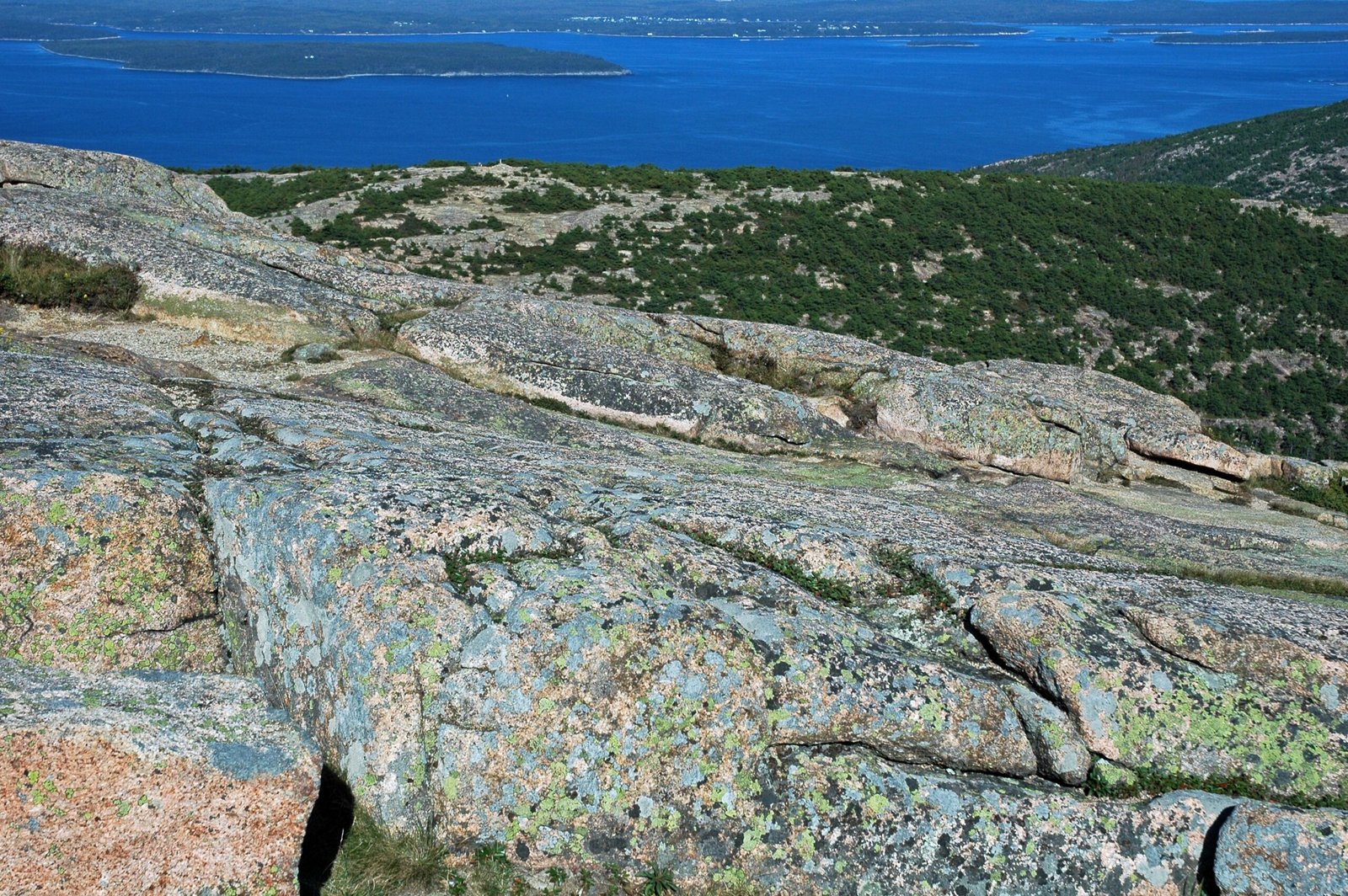
Across Earth, some of the most successful organisms are those that cooperate in breathtakingly complex ways. Lichens, for example, are partnerships between fungi and algae or bacteria, allowing them to colonize bare rocks and survive in deserts or on mountaintops. These symbiotic relationships show how life can combine strengths to overcome hostile environments. On other planets, similar collaborations might enable life forms to survive in places that would otherwise be uninhabitable. The diversity of symbiosis on Earth expands our imagination about what alien ecosystems might look like.
Bioluminescent Wonders: Lighting the Alien Night
The deep ocean glows with bioluminescent creatures—jellyfish, squid, and fish that create their own light. This adaptation helps them hunt, communicate, and hide from predators in the pitch-black depths. Bioluminescence is a spectacular reminder that life can find creative solutions to environmental challenges. On distant worlds shrouded in darkness or thick atmospheres, alien creatures might also glow to survive. Studying Earth’s glowing wonders offers clues about how life could adapt to thrive in darkness across the cosmos.
Gigantic and Miniature Extremes: Breaking the Mold
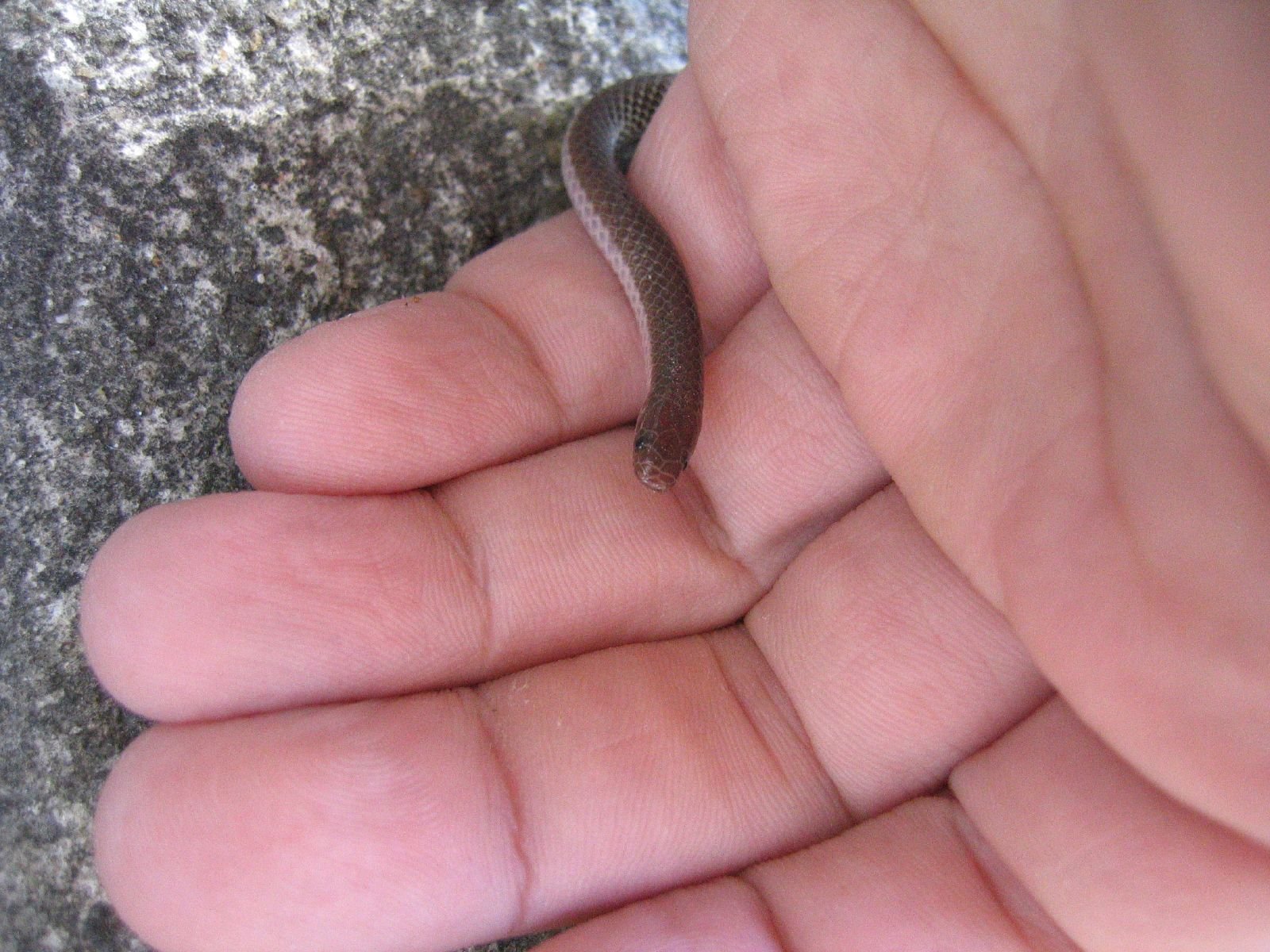
Earth is home to both gigantic and miniature creatures that defy our sense of scale. The blue whale dwarfs every other animal, while insects like fairyflies are almost invisible to the naked eye. These extremes in size show how life adapts to fill every possible niche. On other planets, different gravity, atmosphere, and resources could produce even stranger proportions. Imagining what life might look like in other worlds becomes an exercise in creativity, inspired by Earth’s diversity.
Oxygen-Free Life: Breathing Without Air
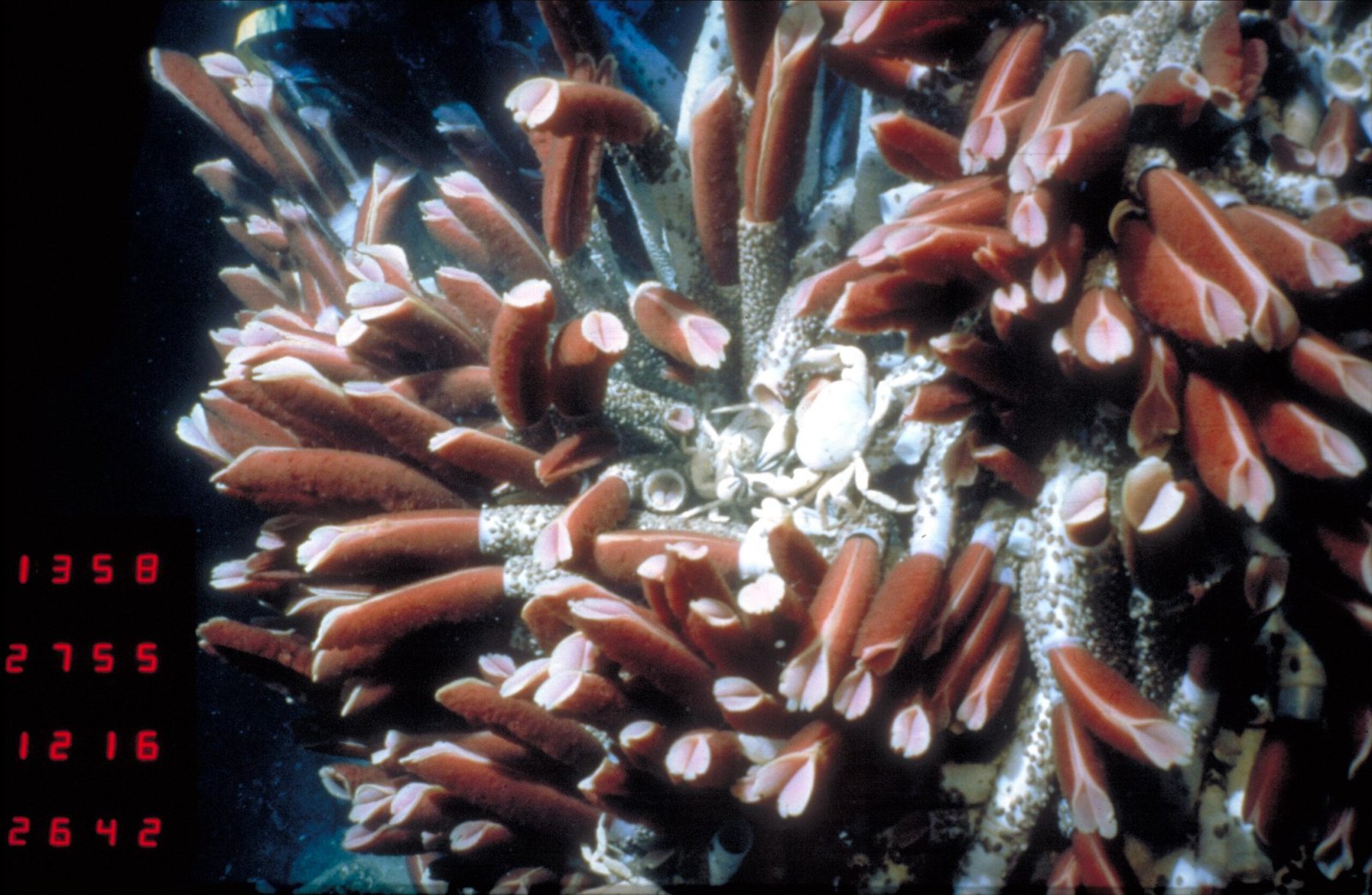
In the pitch-black, oxygen-free mud of the ocean floor, scientists have discovered animals that don’t use oxygen at all. These tiny worms and microbes rely on sulfur or other chemicals instead. Their existence is a wake-up call: not all life needs air. This realization reshapes our search for life on other planets, encouraging us to consider places with toxic or oxygen-poor atmospheres as potential homes for alien organisms.
The Power of Evolution: Adaptation Beyond Imagination
Perhaps the most astonishing lesson from Earth’s weirdest creatures is the power of evolution to solve problems in unexpected ways. From heat-loving thermophiles to ice-dwelling microbes, every environment on our planet holds life that has adapted to its unique challenges. This endless inventiveness suggests that, given time and opportunity, life elsewhere in the universe could be just as creative and surprising as it is here. The diversity of adaptation fuels hope that the universe is teeming with life—waiting to be discovered.
In the end, the wild variety and resilience of Earth’s strangest creatures reveal a stunning truth: life is not only possible in the most unlikely places, it’s inevitable. As we look up at the stars on Star Wars Day, perhaps the real force connecting us to the cosmos is the tenacity of life itself. If Earth’s weirdest animals have taught us anything, it’s that the universe may be far more alive—and far more astonishing—than we ever imagined.

